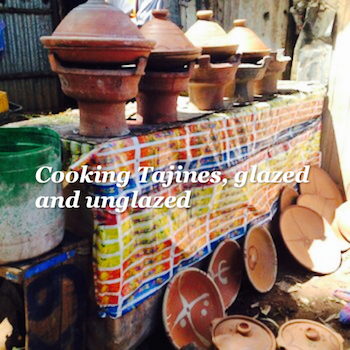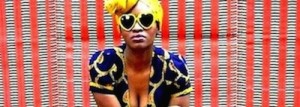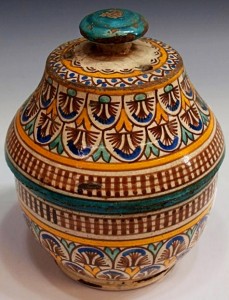Posts Tagged ‘Moroccan Pottery’
A souvenir at the top of your list when visiting Morocco is most likely an is an authentic Moroccan tajine. That is until you discover how many different options exist for purchase. It can quickly become overwhelming and frustrating….
The Moroccan Contemporary Art Scene, post-independence, is much sought after and has gained popularity over the recent years given its varied mix of forward thinking and experimental painters, sculptors, fashion designers, and craftsmen. Morocco’s contemporary art scene had a boost with the opening of some…
Morocco’s pottery and ceramics are one of the real treasures of the souks with diverse traditional and modern colors and designs influenced by Berber and Islamic art and before them, absorbing Phoenician, Roman and Byzantine designs. Ceramics and pottery pieces include vases, plates, pots, dishes, bowls, and the funnel shaped…
Walking through the chaotic souks of Marrakesh you will find stall upon stall of beautiful Moroccan ceramics of all shapes and sizes. From large round plates with bright orange flowers to traditional tagines of cobalt blue, the intricate designs and astonishing colors make it hard to believe that most of…





